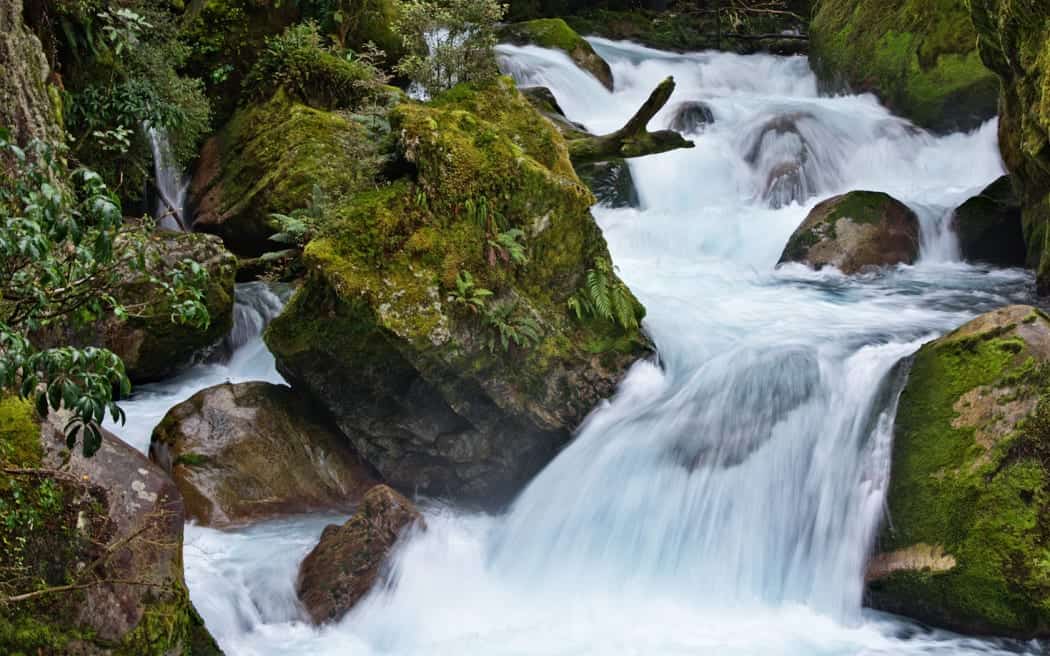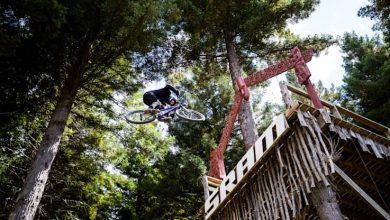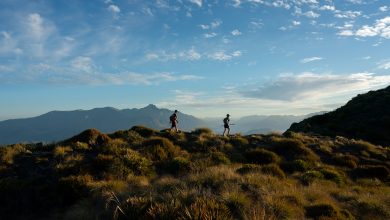
The summer morning of January 25, 2024, began like any other family adventure for the Chen family from Lindfield, New South Wales. They had just completed an overnight cruise through the spectacular Milford Sound and were making their way along what appeared to be a simple forest walk—the Lake Marian Falls Track in Fiordland National Park. The track’s reputation as an easy 20-minute stroll made it a popular choice for tourists seeking scenic beauty without significant physical challenge.
Ten-year-old Tegan Chen, described by those who knew her as an energetic child who loved horse riding, dancing, and performing, was exploring the track with her parents Adrian Chen and Deb Fung, along with her two older brothers Zac and Luke, and extended family members. The group had received a recommendation for the walk, and the sunny conditions seemed perfect for their final day of adventure before returning to Australia.
 Tegan Chen and family courtesy Facebook:
Tegan Chen and family courtesy Facebook:
The family reached the end of a cantilevered boardwalk structure known as the Upper Gantry, which provided direct access to smooth rocky outcrops alongside what the Department of Conservation officially termed Marian Creek. Despite its modest name, Coroner Mary-Anne Borrowdale would later emphasise that this waterway was actually a powerful alpine river with fast-flowing currents that posed significant dangers to unwary visitors.
The children, including Tegan, moved ahead onto the exposed rocks while their father Adrian remained just meters away, watching his family enjoy the natural setting. Tegan attempted to stand up from a squatting position near the water’s edge, lost her footing on the wet rocks, and slipped into the rushing water. Adrian immediately ran alongside the riverbank, shouting encouragement to his daughter to grab onto something that might halt her downstream progress.
For a brief moment, hope flickered as Tegan managed to grasp a rock and lift herself partially out of the water. However, the powerful current quickly overwhelmed her small frame, and she was swept away despite her father’s desperate efforts to reach her. A group of trampers discovered her body 420 meters downstream at a logjam, unresponsive and beyond the reach of immediate rescue efforts.
Emergency responders arrived quickly, with bystanders and a helicopter-transported doctor administering CPR in an attempt to revive the young girl. Unfortunately, their efforts proved unsuccessful. A subsequent post-mortem examination conducted by pathologist Dr. Michael Dray confirmed that Tegan had drowned, with injuries consistent with being tumbled through the rocky river environment.
The tragedy highlighted broader concerns about outdoor recreation safety in New Zealand, where adventure tourism and tramping activities claim an average of 5.7 lives annually. According to the New Zealand Mountain Safety Council, 57 hikers died in the 10 years leading up to June 2017, with international tourists comprising nearly half of these fatalities. Statistical data shows that on average, three people die while mountaineering each year, and a further eight die while tramping, underscoring the inherent risks associated with New Zealand’s rugged outdoor environment.
The Department of Conservation’s 2018 assessment of the Marian Falls Track had not identified the rocky outcrop and adjacent river as significant hazards. The coroner’s investigation revealed that while the DoC didn’t actively encourage visitors to access the outcrop area, there were no formal barriers or clear track boundaries to discourage exploration. The platform’s natural appeal as a photogenic location, combined with its accessibility, created what the coroner described as an “inviting” environment that could attract visitors, particularly families with children seeking memorable vacation photographs.
Following the incident, the Department of Conservation conducted a comprehensive review of the site and implemented substantial safety improvements. The response included the installation of highly visible warning signs that clearly communicate the presence of rock, water, and fall hazards. These signs are strategically positioned to be visible from both the boardwalk approach and the track itself, ensuring that visitors receive adequate warning before reaching the potentially dangerous area.
The most significant change involved a complete redesign of the Upper Gantry platform. The updated structure now features protective barriers along all sides, effectively preventing access to the previously exposed rocky areas where Tegan’s accident occurred. Additionally, a child-proof gate system was implemented to provide an extra layer of protection for young visitors who might otherwise slip past adult supervision.
The Department of Conservation also initiated a broader reclassification of the Marian Falls Track, acknowledging that its typical visitor demographic has shifted toward what they term “short-stop travellers.” These visitors often possess lower skill levels and require more comprehensive risk management strategies compared to experienced trampers who might have traditionally used the track.
The department’s response extended beyond the immediate site to consider systemic improvements in visitor safety communication. They began exploring ways to simplify their visitor classification system and provide clearer risk communication at unmanaged or informal tracks nationwide. Officials noted that the rise of social media influence was likely contributing to more visitors venturing off established tracks in pursuit of unique photographic opportunities.
Coroner Mary-Anne Borrowdale praised the Department of Conservation’s comprehensive response, describing it as “exemplary” and noting that the implemented changes represented “a vast improvement to the safety of the site.” The coroner emphasised that while outdoor recreation inherently involves some level of risk that cannot be entirely eliminated, the modifications significantly reduced the likelihood of similar tragedies occurring in the future.
The Chen family’s experience serves as a sobering reminder of how quickly outdoor adventures can turn tragic, even in seemingly safe environments. The incident occurred during what the coroner described as “a happy family journey” that had “appalling consequences” due to an accidental slip that could have happened to any family enjoying New Zealand’s natural attractions.
The case also highlights the complex challenges facing tourism authorities in balancing accessibility with safety. Popular destinations must accommodate visitors with varying levels of outdoor experience while maintaining the natural character that makes these locations attractive. The improvements at Marian Falls represent a model for how authorities can respond to tragic incidents by implementing comprehensive safety measures without completely restricting public access to natural attractions.
For international visitors, Tegan’s story underscores the importance of recognising that New Zealand’s outdoor environments can be deceptively dangerous, even in areas that appear safe and welcoming. The country’s reputation for adventure tourism is built on access to pristine natural settings, but this same accessibility can create situations where visitors underestimate the risks involved in seemingly straightforward activities, such as short forest walks.
The ongoing review process initiated by the Department of Conservation suggests that Tegan’s death will continue to influence safety policies beyond the immediate site improvements. The department’s commitment to examining visitor classification systems and risk communication strategies indicates a recognition that preventing similar tragedies requires systematic changes to how outdoor recreation safety is managed across New Zealand’s extensive network of tracks and trails.
The memorial to Tegan’s life lies not only in the physical safety improvements at Marian Falls but also in the broader policy discussions her tragedy has sparked about balancing public access with visitor protection in New Zealand’s outdoor recreation industry. Her family’s loss has contributed to ongoing efforts to ensure that future families can enjoy the country’s natural beauty with reduced risk of similar accidents.






